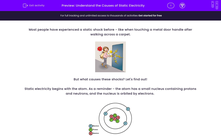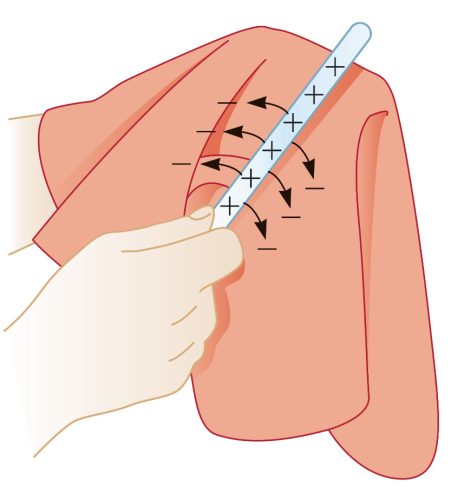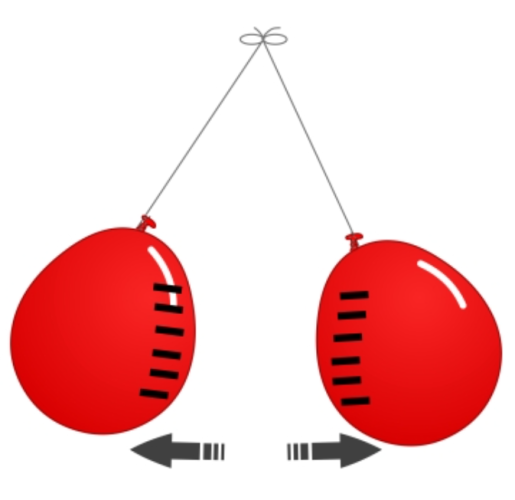Most people have experienced a static shock before - like when touching a metal door handle after walking across a carpet.
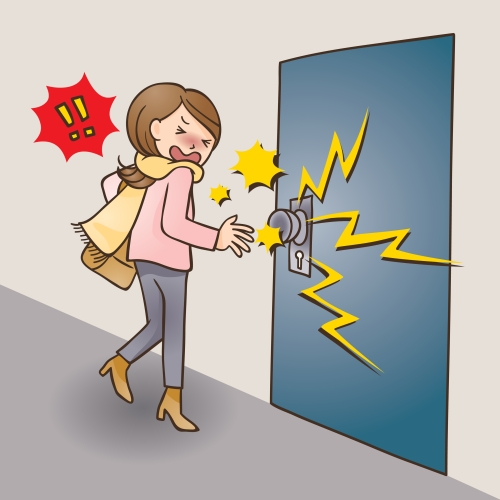
But what causes these shocks? Let's find out!
Static electricity begins with the atom. As a reminder - the atom has a small nucleus containing protons and neutrons, and the nucleus is orbited by electrons.
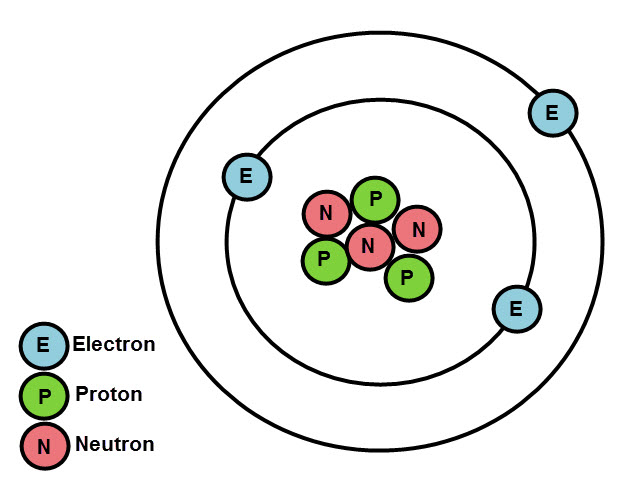
Electrons are negatively charged.
Protons are positively charged.
Neutrons have no charge.
Atoms have equal numbers of protons and electrons, so overall they have no charge - they are neutral.
So, why is this relevant to static electricity? It's because the electrons of an atom can sometimes move and build up in an area, charging an object up!
Static electricity is typically caused by friction. Imagine rubbing a glass rod with some silk.
The frictional force between the rod and the fabric causes some of the electrons in the glass to move away, into the silk fabric.
The silk cloth gains negative electrons, making it slightly negatively charged.
The glass rod loses negative electrons, making it slightly positively charged.
Why don't protons or neutrons move, like electrons do? Because protons and neutrons are in fixed positions in the nucleus.
Here is another example, using balloons.

When you rub a balloon on your hair, the friction causes electrons to move from your hair to the balloon.
Your hair and the balloon have opposite charges, so they attract.
If you tried to charge up two balloons in this way, and then pushed them together, they would repel. This is because they have the same charge.
You may have spotted a pattern in terms of these examples so far - they are all electrical insulators. That means that they don't allow electricity to move through them easily.
When friction between two insulators occurs, electrons can move from one to the other. The direction of movement depends on the type of material.
This explains the name - static electricity. The charges are 'static' because they can't easily move like electricity would in a conductor such as copper.
Let's go back to the example from the start of the activity. How does someone get a static shock?

In this example, the woman walks across a carpet. There is friction between her shoes and the carpet, causing a build-up of charge. Perhaps electrons start building up in the shoes of the person.
This negative charge from the electrons can spread through the whole body because our body can conduct electricity.
When this woman touches the metal door handle, which is a conductor, the build-up of static electric charge in her quickly travels through the handle, through to the ground. She feels this as a small shock.
Now let's try some questions!

